Why the Shift from Web2 to Web3 Is Happening (Even If You Haven’t Noticed Yet)
Why the Shift from Web2 to Web3 Is Happening (Even If You Haven’t Noticed Yet)
Let’s call it what it is — the term “Web2 to Web3 reasons” sounds like something pulled from a VC buzzword salad. But underneath the glossy pitches and blockchain jargon lies something more important: a real, quiet transformation in how we experience the internet.
If you think Web3 is just about expensive monkey JPEGs and crypto bros shouting “decentralize everything,” you’ve missed the plot. The shift is subtle — like background software updating while you browse — but it’s there. And it matters.
Here’s why, in no uncertain terms, this shift is happening… and why it should matter to you.
1. Platform Trust Is Crumbling — And Honestly, That’s Long Overdue
Look, platforms had their moment. Facebook, YouTube, Twitter — they gave us a voice, a stage, a network. But over time, they also took more than they gave: control, revenue, reach. Creators build followings, then watch algorithms decide their fate. Entire businesses vanish when a platform tweaks a rule or shuts down a feature.
That’s one of the most pressing Web2 to Web3 reasons: people are done being digital tenants. Web3 — in its raw, sometimes clunky glory — offers a way out. With blockchain-based systems and smart contracts, ownership is coded in. Trust shifts from boardrooms to transparent ledgers.
And no, it’s not perfect. But after watching platform giants play landlord for the last decade, who wouldn’t want a shot at owning the keys?


2. Ownership of Digital Assets: A Core Web2 to Web3 Reason
Here’s a hard truth: in Web2, you don’t own digital anything. You license. You stream. You subscribe. But actual, transferable ownership? Almost nonexistent.
Web3 changes the equation. NFTs, tokens, and digital IDs aren’t just buzzwords — they represent a break from that lease-renter dynamic. You buy something on-chain, you keep it. You can sell it. Move it. Verify it.
Is it all sunshine? No. Some NFTs are worthless hype. But the core shift — the idea that you, not a centralized service, can own a piece of the internet — that’s one of the Web2 to Web3 reasons that actually holds water.
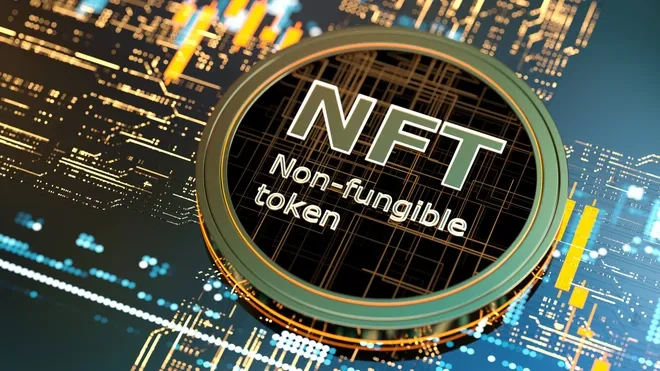
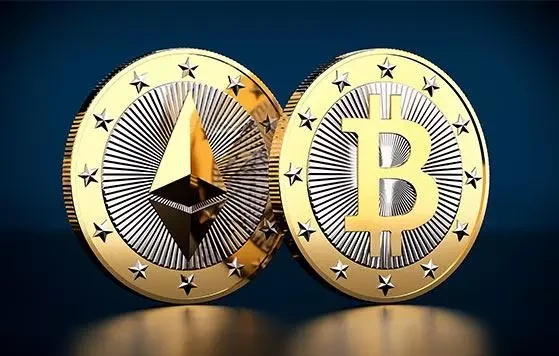
3. Web2 to Web3 Reasons Behind the Move to Direct Monetization
This is where the money talk gets real. Web2 middlemen take their cut — and it’s often massive. YouTube takes a slice. Apple grabs 30%. Patreon, Twitch, you name it — there’s always someone between you and your earnings.
Web3 breaks that up. You want to tip your favorite creator directly? You can. Want to launch a token-based community with built-in perks and rewards? That’s now possible — without asking permission or giving up half the profits.
Sure, user interfaces need work. Wallets are still confusing to some. But creators are waking up to a simple fact: Web3 gives them leverage. And in today’s attention economy, leverage is everything.
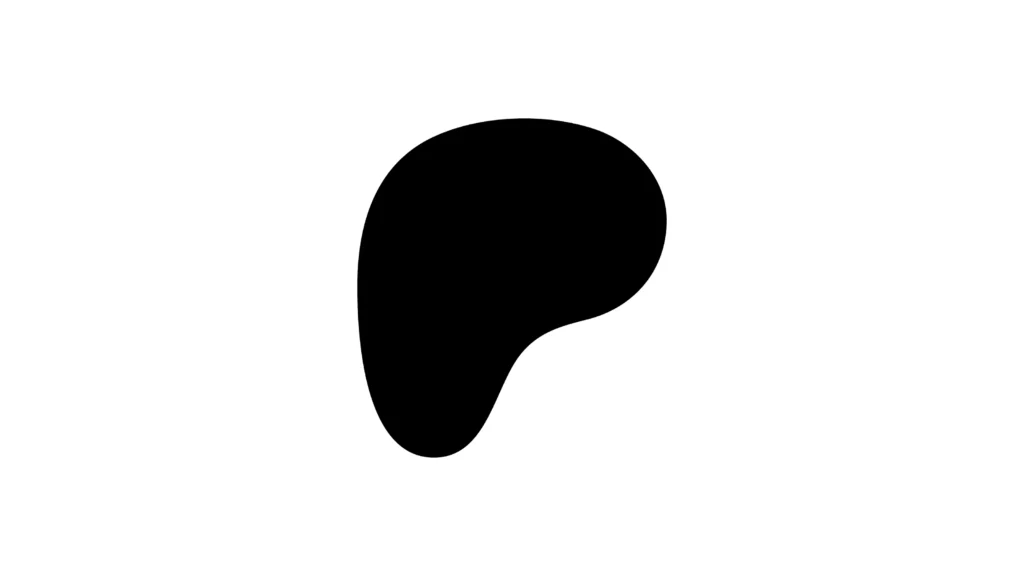

4. Identity Online Needs a Rethink
We’ve all been there: a dozen logins, password resets, giving the same personal info to ten different apps. Web2 made identity convenient — but not portable. And certainly not private.
Web3 wants to fix that. One wallet, one ID, multiple apps. Imagine signing into anything with a single key — and actually controlling what data you share. No creepy tracking. No selling your habits to advertisers. Just access — on your terms.
It’s not perfect yet. But it’s one of the quieter Web2 to Web3 reasons that deserves more spotlight, especially in a world increasingly obsessed with data privacy.
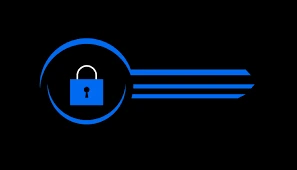

5. Let’s Be Real: Web3 Isn’t a Utopia
Let’s not sugarcoat it. Web3 has problems — big ones. Scams, confusing UX, regulatory chaos, and communities that sometimes feel like echo chambers. Not everyone wants to manage keys or read smart contract audits.
But here’s the thing: every new wave starts messy. The early internet was a nightmare too. Web2 didn’t start with slick platforms and viral apps — it started with clunky blogs and forums. The same will happen here.
And still… despite all that, the Web2 to Web3 reasons stack up. Control. Ownership. Freedom. These aren’t trends — they’re long-overdue corrections.

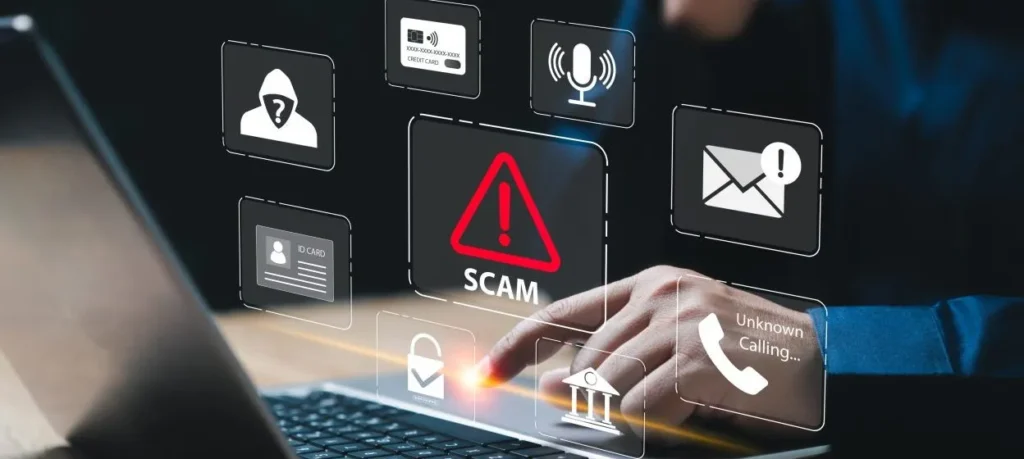
Final Thoughts: This Isn’t Just a Tech Upgrade — It’s a Power Shift
If you’re still waiting for Web3 to “arrive,” you’re missing the point. It’s already here — sneaking into apps, projects, and platforms you use without even realizing. This shift from Web2 to Web3 isn’t a flip-the-switch revolution. It’s a redistribution of power, happening in real time.
And let’s be honest: after 20 years of giving up control, maybe it’s time to take some back.
So whether you’re a creator, developer, or just someone who’s tired of playing by platform rules — the Web2 to Web3 reasons aren’t just compelling. They’re inevitable.
Relevant Link : Here




